Screenshot of today’s Humboldt County Board of Supervisors meeting.
###
After nearly a decade of planning and negotiations, the Humboldt County Board of Supervisors today unanimously approved a water diversion agreement that will support PG&E’s plan to decommission the aging Potter Valley Project and demolish its two dams — Scott Dam and Cape Horn Dam — on the upper stretches of the Eel River.
The historic agreement marks a major turning point in a years-long effort by federal, state, tribal and local agencies to craft a “two-basin solution” that meets the needs of communities in both the Eel and Russian River basins, which have long been at odds over ownership and control of water diverted from the Eel River.
“This agreement has been a long road,” Humboldt County Public Works Deputy Director Hank Seemann said at today’s meeting. “There’s been give and take, and I think there’s a lot of mutual respect on both sides. I think it’s an achievement to work together and not have a zero-sum game, but create something that is attentive to each party’s needs and also provides a strong foundation for moving forward in collaboration.”
Scott Dam at Lake Pillsbury — a key component of the Potter Valley Project. | Photo: PG&E
If you’re new to this topic, here’s a little background on how we got here: PG&E has been looking to rid itself of the 100-year-old Potter Valley Project — a hydropower system that diverts water out of the Eel into the headwaters of the Russian River for municipal and agricultural use in Mendocino, Sonoma and northern Marin counties — since at least 2018, and the Potter Valley powerhouse stopped generating power in 2021.
The project license expired in April 2022, and just one month later, the Federal Energy Regulatory Commission (FERC) directed PG&E to develop a plan to surrender its license and decommission the project to make way for dam removal.
In 2023, county officials began negotiating a water diversion agreement with Sonoma Water, Mendocino Inland Water and Power Commission, Round Valley Indian Tribes, California Trout, Trout Unlimited and the California Department of Fish & Wildlife. The parties came up with a plan to create a new water diversion facility — New Eel-River Russian Facility (NERF) — and establish the Eel-Russian Project Authority (ERPA), which will oversee construction, operation and maintenance of the NERF. The Humboldt County Board of Supervisors approved a memorandum of understanding with the parties earlier this year.
During a lengthy presentation at today’s meeting, Seemann explained that the 30-year agreement sets “co-equal goals” that support the recovery of native fish populations — including Chinook salmon, coho salmon, steelhead and lamprey — while maintaining a reliable water supply to the Russian River basin. The agreement also sets diversion rules for each season based on the natural flow regime and historic fish runs, with the bulk of diversions occurring in the winter and early spring.
“Humboldt County’s position going into these negotiations is that our first preference — our strong preference — would be for Eel River water to stay in the river, but we would consider this agreement if there were strong protections and benefits for the Eel River,” Seemann said. “And, speaking for staff, we feel like this agreement does provide strong protections and benefits.”
Under the agreement, PG&E’s water rights would be transferred to the Round Valley Indian Tribes, who would then lease them back to the ERPA for $750,000 per year, which amounts to 21 percent of the estimated operating costs of the NERF. The staff report notes that the annual payment could increase if public funding covers more than 75 percent of construction costs for NERF.
Following staff’s presentation, Brian Johnson, senior policy advisor for Trout Unlimited’s Pacific region, urged the board to approve the agreement and underscored his organization’s support for dam removal.
“We support this, knowing full well that many of our members would prefer to just see the diversion go away,” Johnson said. “We feel pretty strongly that’s not the right approach … because not doing so and allowing a water war could easily lead to delay in dam removal, or in a worst case scenario, a diversion that isn’t conditioned to protect the Eel River.”
Alicia Hamann, executive director of Friends of the Eel River, expressed enthusiastic support for the agreement, noting that her organization was founded for the very purpose of “freeing the Eel.”
“As Friends of the Eel has emphasized many times, to reap the benefits of dam removal on the Eel, it has to happen quickly,” Hamann said. “This deal makes an important shift when it comes to the way that flows are managed in the Eel, diverting only a percent of natural flows that the Eel can spare, and only during the appropriate wet season. … While we are one of those groups that would prefer to see the diversion ended, we feel confident that the flow schedule developed by the technical team will protect habitat in the Eel and set appropriate seasonal boundaries.”
During the board’s discussion on the matter, Fourth District Supervisor Natalie Arroyo called the agreement “a wise and a reasonable approach that gives us the best chance of moving forward,” though she also said she would prefer to keep Eel River flows in-basin.
Third District Supervisor Mike Wilson praised the county’s attorneys, Destinee Valeska and Joel Campbell-Blair, for their work in representing the county throughout the negotiation process and voiced support for the agreement.
“This has been a lot of work to get to this place, and we’re gonna have a lot of work moving forward, negotiating [with] the institutions and organizations, and the work that’s going to be done to restore the river and bring back the fish,” Wilson said. “These fisheries are part of the broader health of the ecosystem — it’s not just in the main stem.”
Board Chair Michelle Bushnell expressed her support as well, adding that “this is the best outcome that we can move forward with right now.” Fifth District Supervisor Steve Madrone and First District Supervisor Rex Bohn agreed, with both noting that this “is the best we can get.”
“So let’s just be the best we can and accept it,” Bohn said.
Bushnell made a motion to approve the agreement, which was seconded by Wilson and approved in a unanimous 5-0 vote.
The remaining parties still have yet to vote on the agreement. PG&E’s final license surrender application and decommissioning plan must be submitted to FERC by July 29. While the document is under review, PG&E will conduct several more studies to assess mitigating impacts for dam removal, which is still “several years” out.
[WEDNESDAY UPDATE: All of the signatories have signed off on the water diversion agreement. PG&E has not agreed to any terms of the agreement as of yet.]
###
DOCUMENT: Water Diversion Agreement for New Eel-Russian Facility
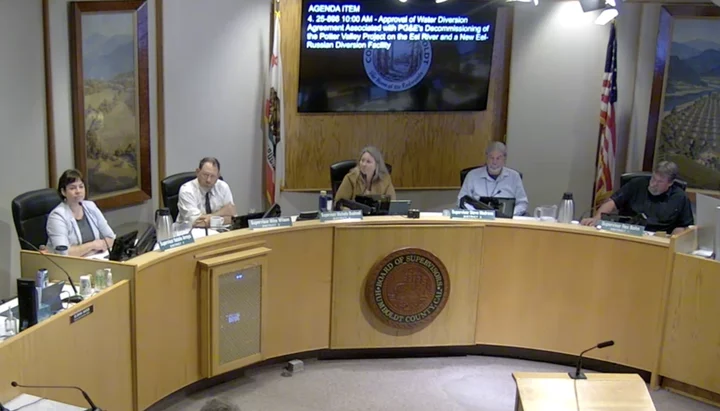
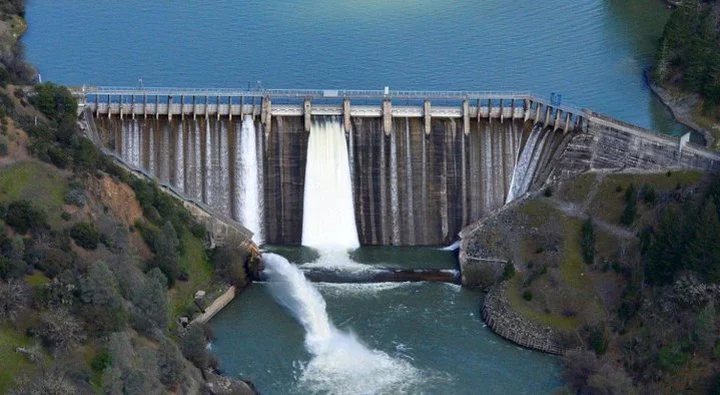
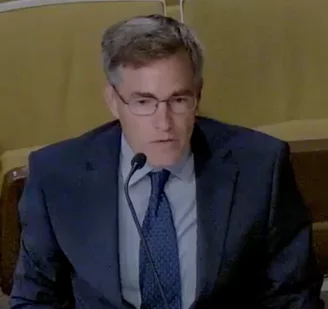
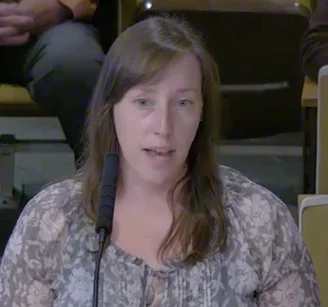
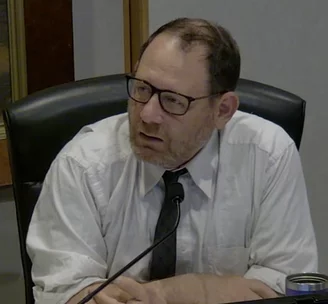
CLICK TO MANAGE